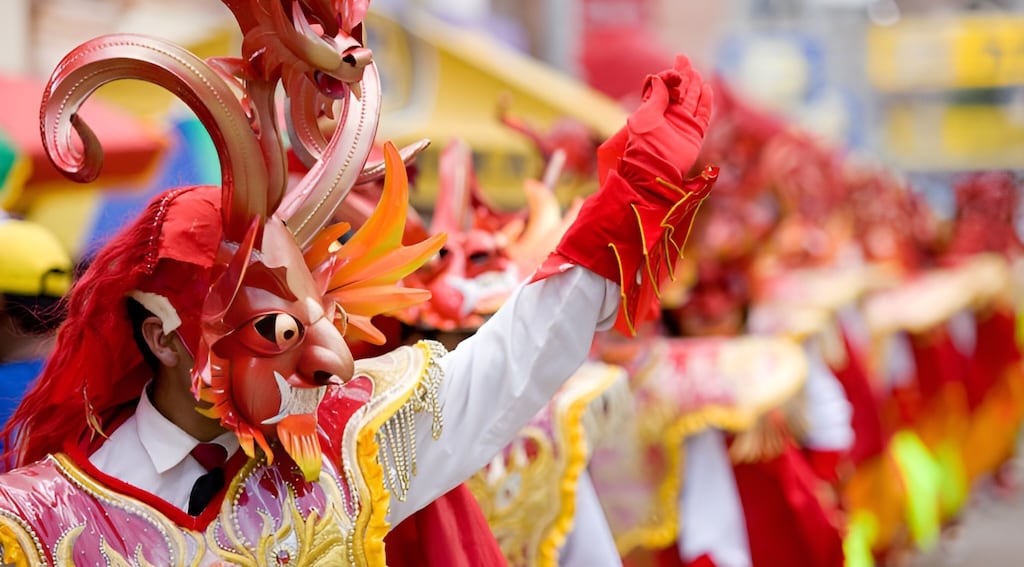
Festival de la Candelaria: Peruvian and South American Cultural Treasure
The Festival de la Candelaria, held every year in Puno, Peru, is the most important cultural festival in South America. The colorful festival, which has been declared an Intangible Cultural Heritage of Humanity by UNESCO, blends Catholic traditions and Andean indigenous rituals to create one-of-a-kind and indelible impressions.
The city of Puno echoes with music, dance, and color every February as it welcomes thousands of tourists from across the globe.
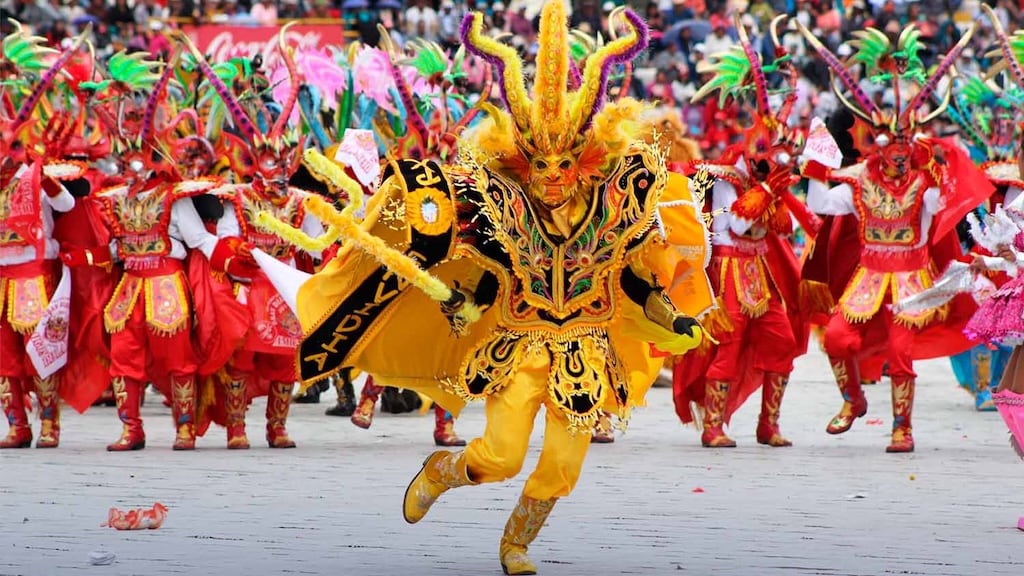
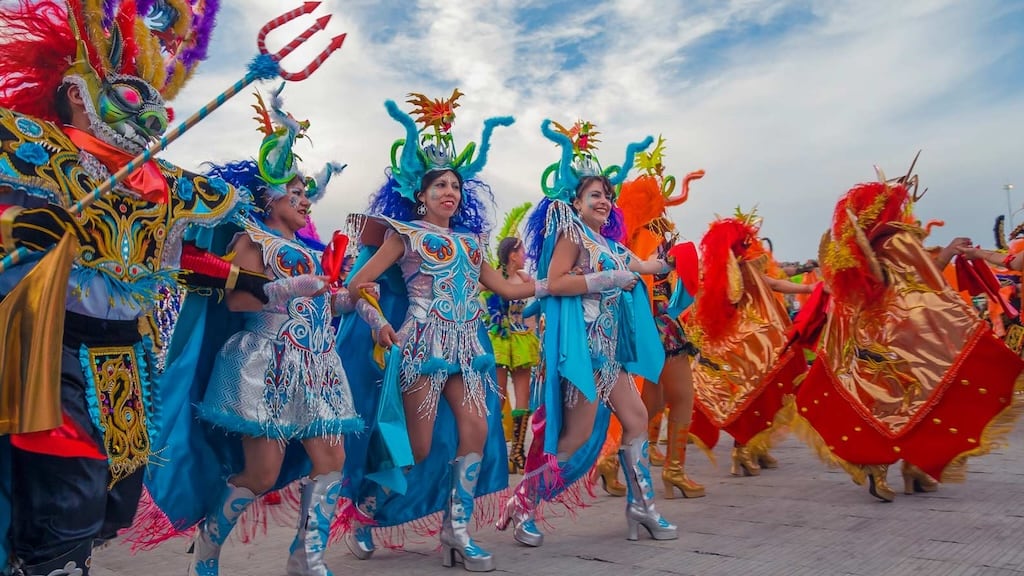
Historical Background
The Festival de la Candelaria itself has its roots in the 16th century when Spanish conquistadors brought the Catholic feast of the Virgin of Candelaria to the area. As time went on, pre-Columbian traditions, especially those celebrating Pachamama (Mother Earth) and the Andean gods, became part of the festival. This syncretism reflects Peru's fraught history and the survival of its indigenous people.
One of the highest points in the history of the festival came when it was recognized by UNESCO in 2014. This recognition was a testament to the role the festival has played in preserving and spreading the cultural heritage of Peru. The Festival de la Candelaria is no longer just a religious event but a point of pride and cultural unity today.
Common Activities
The festivities are spread over a fortnight, with principal activities from February 2 through February 14. The festivities climax in the grand procession of the Virgin of Candelaria, where a statue of the Virgin is paraded through Puno's streets by thousands of pilgrims.
Another significant event is the dance contest, where more than 200 dance troupes reinterpret traditional Andean dances. The dance routines are a visual feast, with dancers in elaborate masks and costumes, and musicians playing traditional instruments such as the charango and zampoña. The most famous dance is the "Diablada," which represents the struggle between good and evil.
Traditional Practices
The Festival de la Candelaria is very traditional. The dancers wear colorful costumes with detailed embroidery, feathers, and beads. The costumes of the dancers weigh as much as 30 kg (66 lbs), which speaks volumes about the performers' dedication and skill.
Music is the highlight of the celebrations, with traditional Andean music played throughout. Traditional local foods like "trucha frita" (fried trout) and "chairo" (thick soup) that are part of Puno's cuisine can also be savored by visitors.
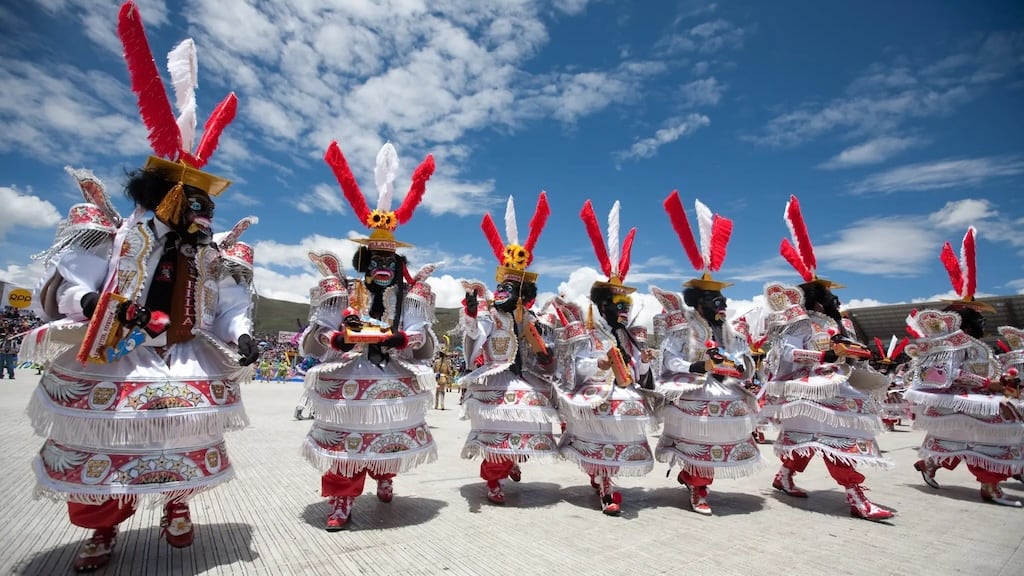
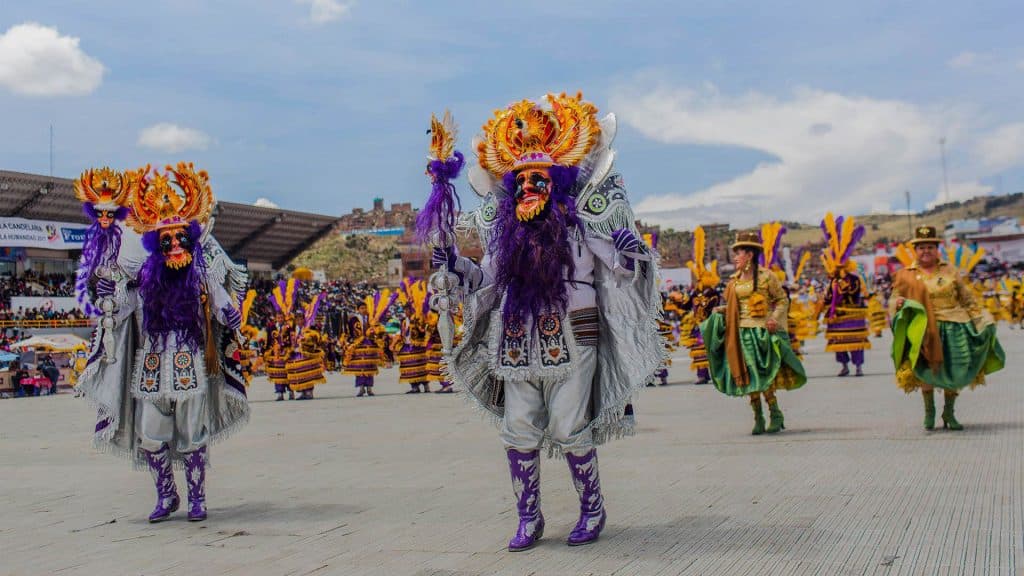
What to Expect
If you're planning to attend the Festival de la Candelaria, the best time to go is the first two weeks of February. Puno, being at the banks of Lake Titicaca, is easily accessible by bus or plane from bigger cities like Lima and Cusco. There are various accommodations available, ranging from budget-friendly hostels to high-end hotels. It is advisable to make reservations in advance due to high demand during the festivities.
First-timers need to arrive early to secure a good spot to view the parades and performances. Wear comfortable shoes since the festival entails a lot of walking and standing. Bringing a camera is also recommended to capture the bright colors and memorable moments.
Conclusion
The Festival de la Candelaria is more than a festival; it is a living testament to the rich cultural heritage of Peru. Whether you are drawn by the religious elements, the folkloric dances, or the vibrant party scene, there is something for everyone at this festival.
If you are looking to immerse yourself in the spirit of South American culture, the Festival de la Candelaria in Puno is not to be missed.